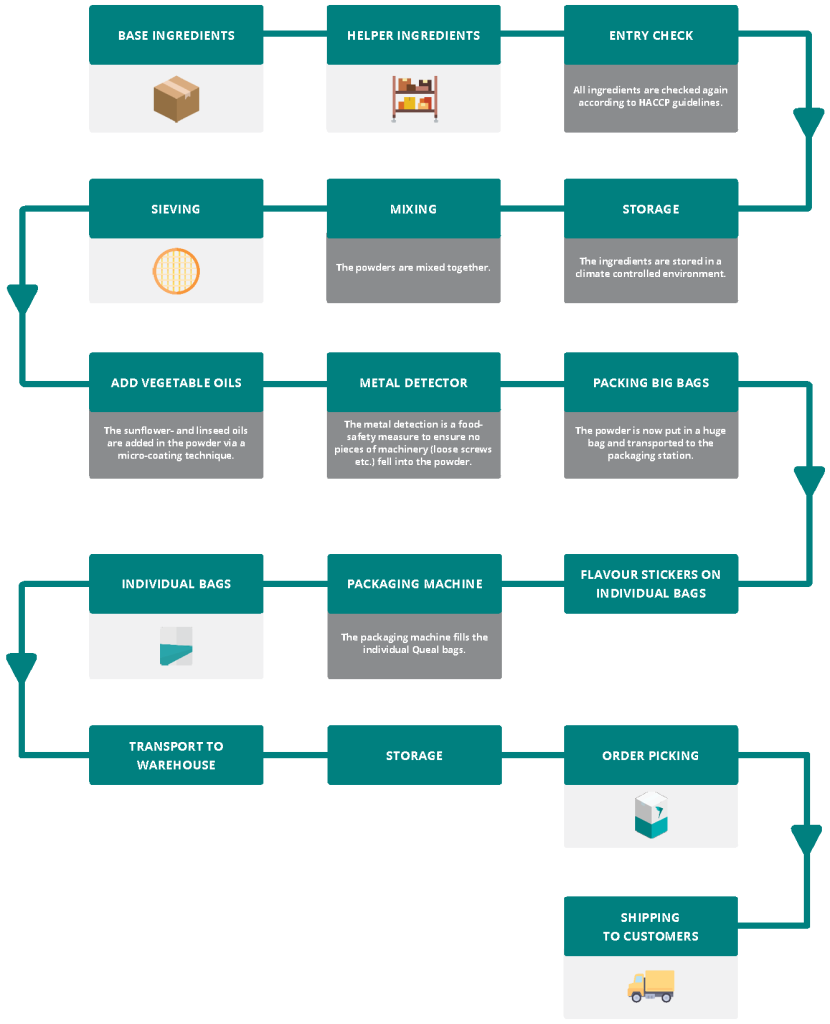How Queal is made, from natural ingredients to our awesome meals.
Follow the journey from grain to delicious meal.
Learn how we go from some of the most well-known building blocks of many meals to a complete meal.
This article focuses on the journey our ingredients take. We also note where they come from, and you can read more about their environmental impact on our sustainability page. In the end, read about how all the ingredients come together and we make them into awesome meals.
Oat Flour 
What is oat flour?
One of our main ingredients in Queal Steady shakes is whole-grain oat flour. Oat flour is oatmeal made from very finely ground whole-grain oats. “Whole-grain oats” means that it contains all three parts of the grain. An oat consists of a bran, endosperm, and germ. The bran is the part where the fibre content is the highest.
Where does our oat flour come from?
Most of the oats come from the UK. We also source some from Finland.
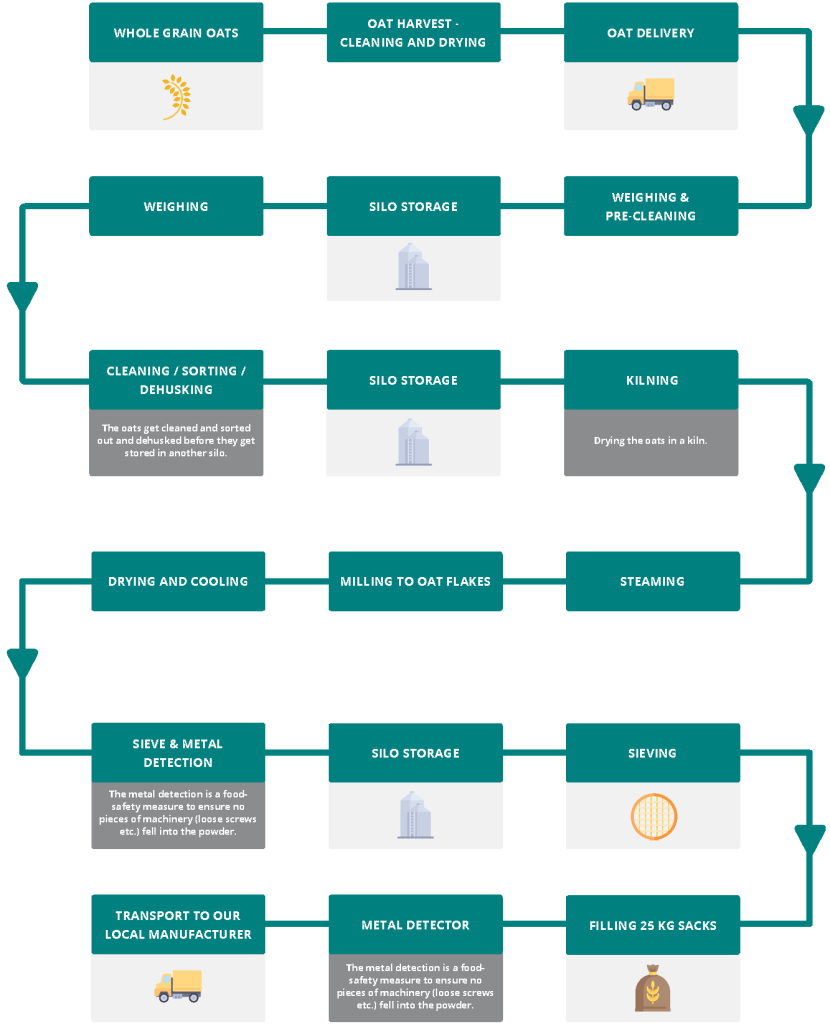
Soy Flour 
What is soy flour?
Our soy flour is full-fat toasted (this means it retains all its natural oils during processing) and is one of the main ingredients in steady. Like the other main ingredients, it’s non-GMO from the EU. Soy flour is a rich source of proteins, iron, Vitamin B, and calcium.
Where does our soy flour come from?
The soy flour is processed in The Netherlands, with soy sourced from all over Europe.
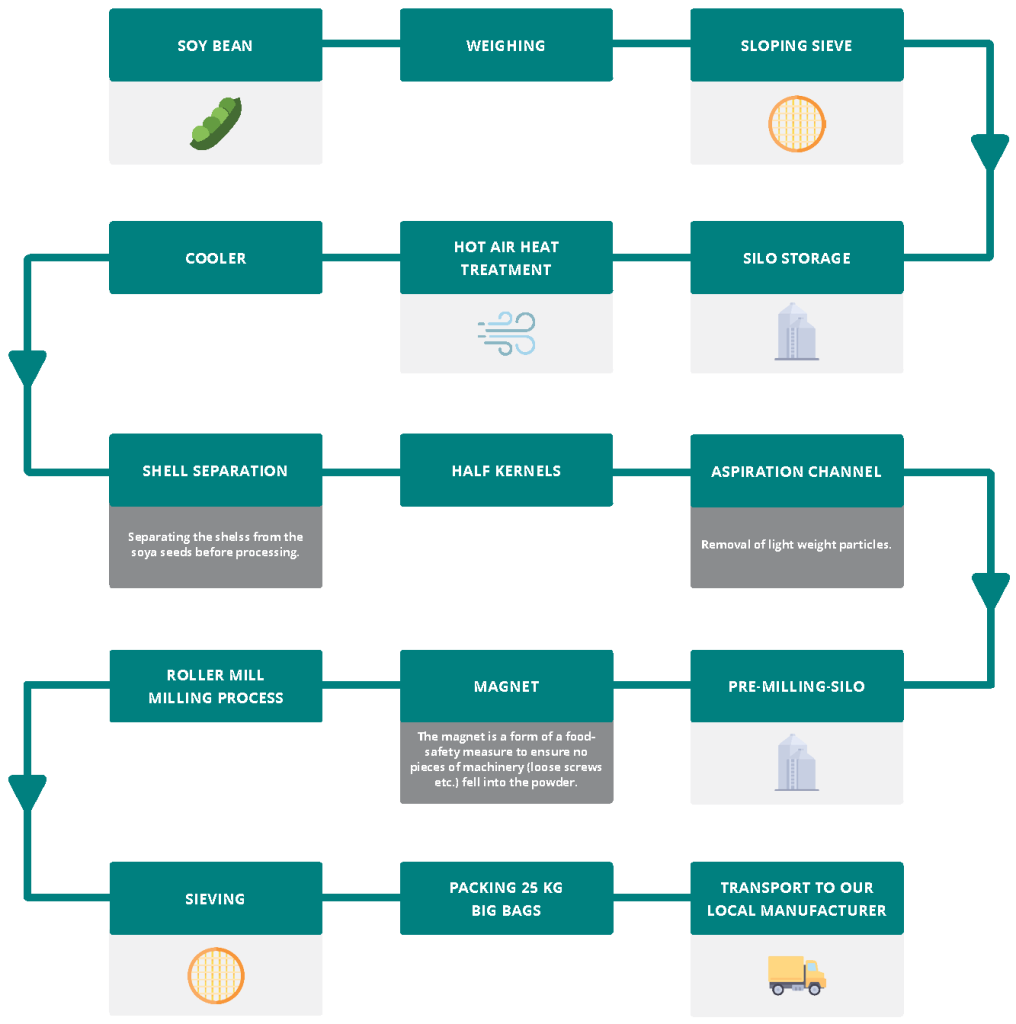
Whey Protein 
What is whey protein?
Milk is made of two types of proteins: casein and whey. Whey protein can be separated from the casein in milk or formed as a by-product of cheese making. It’s a protein low in lactose content (4%) and contains all nine essential amino acids (the ones our body can’t make itself).
Where does our whey protein come from?
Our whey protein is processed and shipped from the UK. The milk comes mostly from German cows, though more is also sourced from The Netherlands, Belgium, France, and the UK.
Used in![]() Steady Standard
Steady Standard ![]() Steady Athletic
Steady Athletic
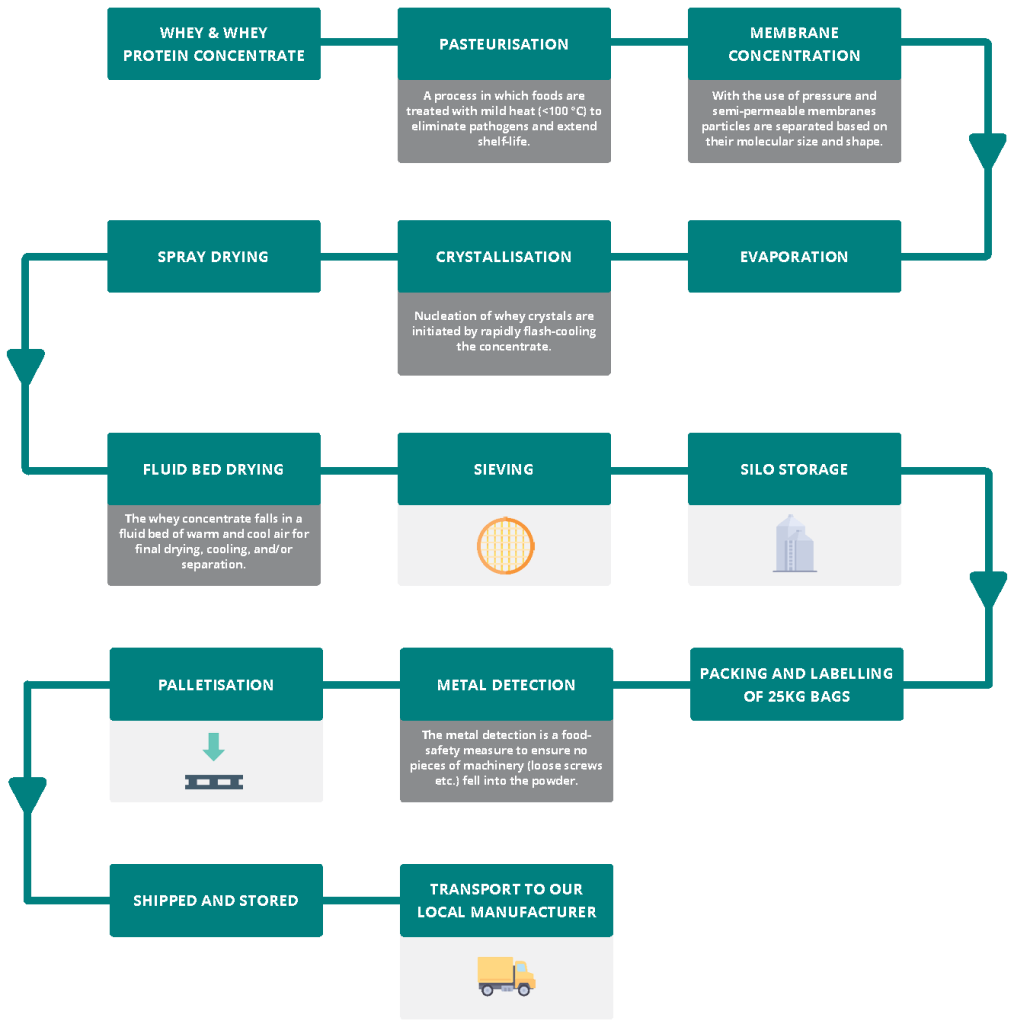
Pea Protein 
What is pea protein?
Our pea protein is isolated from yellow pea (pisum sativum). This vegetable source of protein is vegan-friendly. Many other non-meat protein alternatives contain dairy, whey or eggs. Pea protein is similar to whey protein in terms of calories and protein levels. Pea protein is combined with rice protein to balance the amino acid profile.
Where does our pea protein come from?
Yellow peas, needed for pea protein, are sourced and processed in France.
Used in![]() Steady Vegan
Steady Vegan ![]() Ready
Ready
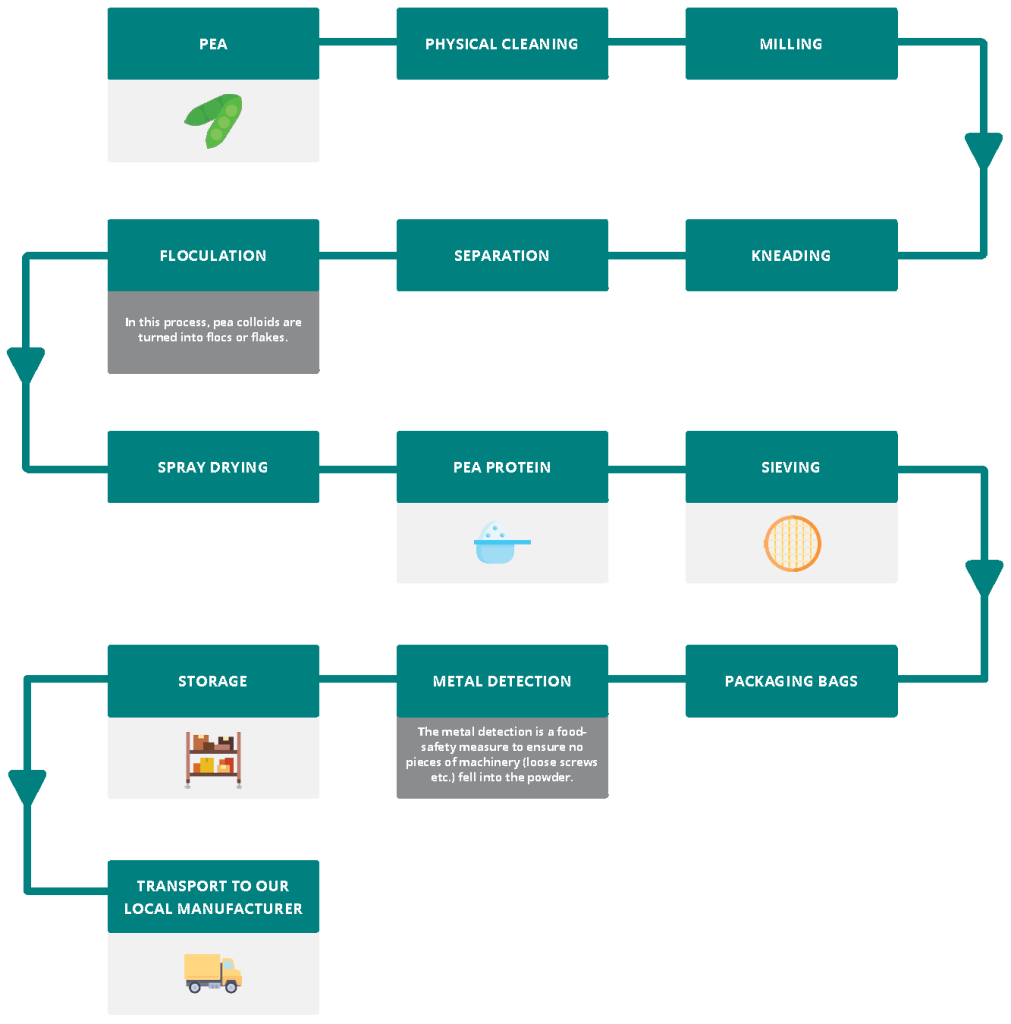
Rice Protein 
What is rice protein?
Rice protein is a vegan protein source, isolated from rice. It is often used as an alternative to the more common whey protein. Rice protein is comparable to soy protein isolate in its amino acid profile. Brown rice works as a good alternative for whey protein, but the balance of essential amino acids isn’t perfect. Therefore, rice protein is mainly combined with pea protein to balance the amino acid profile.
Where does our rice protein come from?
The rice protein we use in our shakes is processed in The Netherlands.
Used in![]() Steady Vegan
Steady Vegan ![]() Ready
Ready
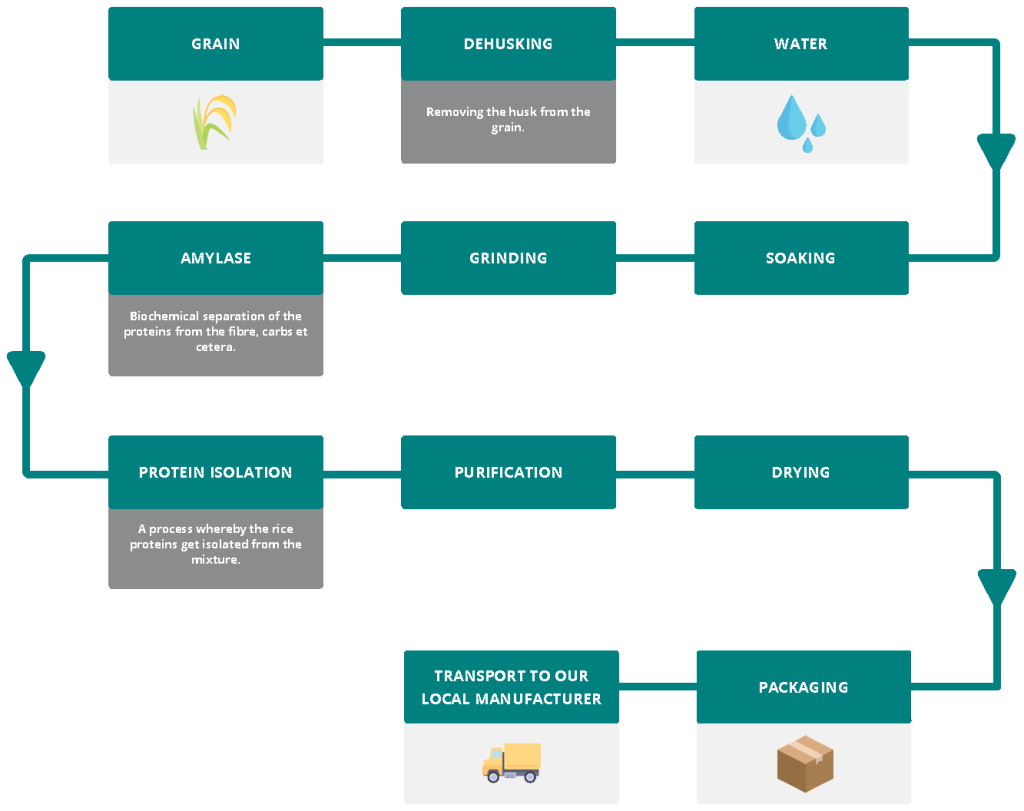
Isomaltulose 
What is isomaltulose?
Isomaltulose (also known as Palatinose) is a complex carbohydrate that delivers a slow-release energy supply compared to most other sugars, thanks to its low glycaemic profile. It is derived from natural sugar beets.
Where does our isomaltulose come from?
We source our isomaltulose from Germany.
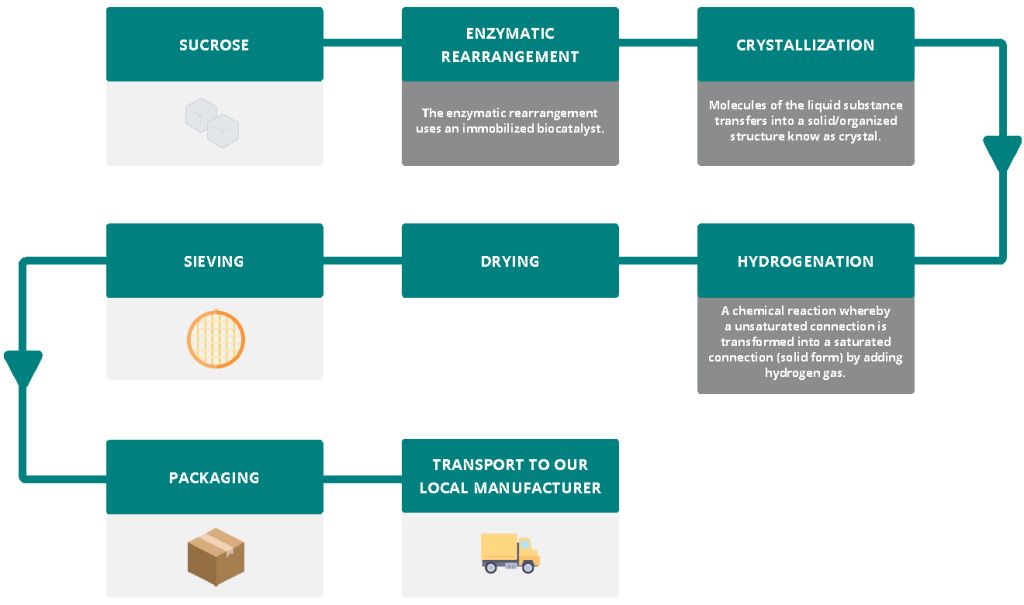
Maltodextrin 
What is maltodextrin?
Maltodextrin is a complex carbohydrate that delivers fast-release carbohydrates. It is created from cornstarch. In Queal, we combine maltodextrin, isomaltulose, oat flour, and soy flour for a perfect (we think) balance of carbohydrates.
Where does our maltodextrin come from?
The maltodextrin is processed in Belgium. We source our maltodextrin (corn) from The Netherlands and Belgium.
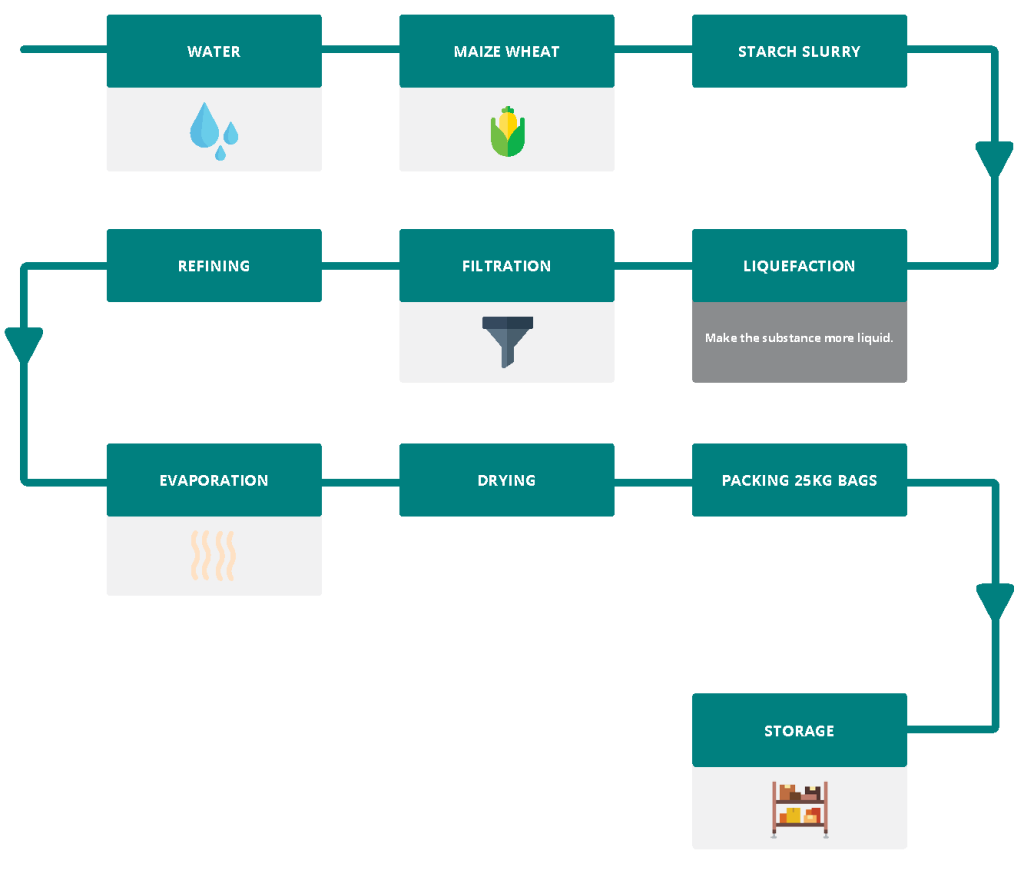
Sunflower Oil 
What is sunflower oil?
Sunflower oil is a vegetable oil retrieved from sunflower seeds. In Queal, we use oil in powdered form. We use a micro-coating technique to mix the oil into the powder, which makes it possible to get rid of the separate oil we had back in the day. With this technique, the oil binds to the maltodextrin in the mixture.
Where does our sunflower oil come from?
Sunflower oil is processed in France. Most sunflower seeds come from France as well, though some are imported from Spain.
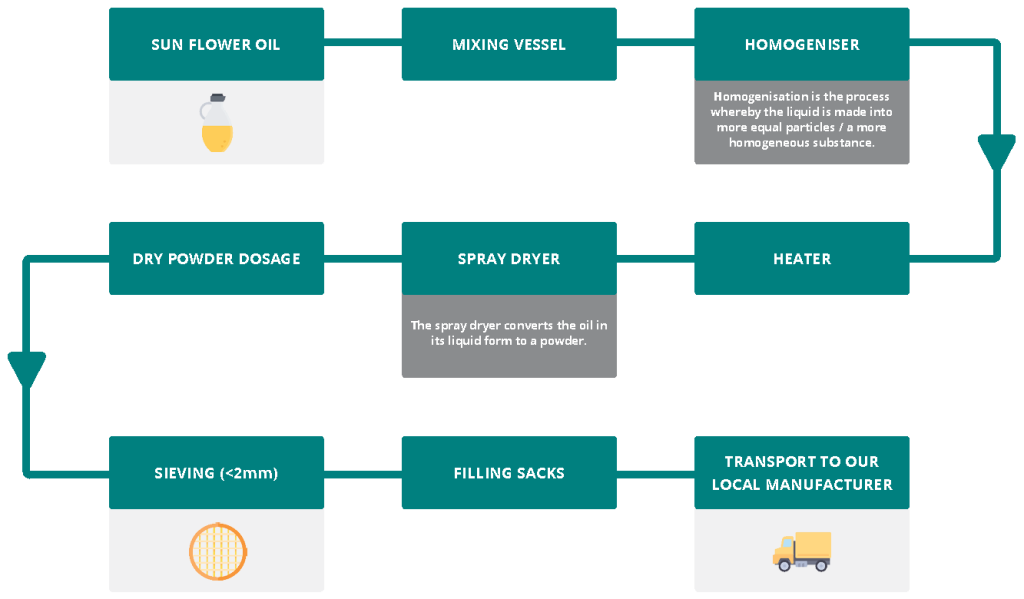
Linseed Oil 
What is linseed oil?
Also known as flaxseed oil, linseed oil is derived from the dried seeds of the flax plant. It is cold-pressed to obtain the oil, which is known for its hearty taste. Just like with sunflower oil, we mix it directly into the rest of the powder.
Where does our linseed oil come from?
The linseed oil is grown and processed in Belgium.
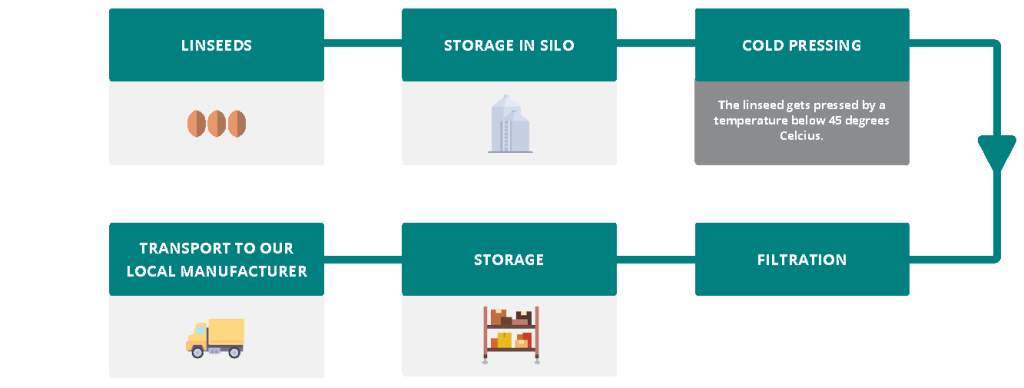
Vitamin & Mineral Mix 
What is the vitamin and mineral mix?
The micro-nutrient mix is a very fine powder custom-made for each variation of our products to make sure it provides you with everything your body needs. It makes sure that every product contains 27 vitamins and minerals in total. These vitamins and minerals are both from natural and artificial sources.
Where does our vitamin and mineral mix come from?
The mix is made in The Netherlands.
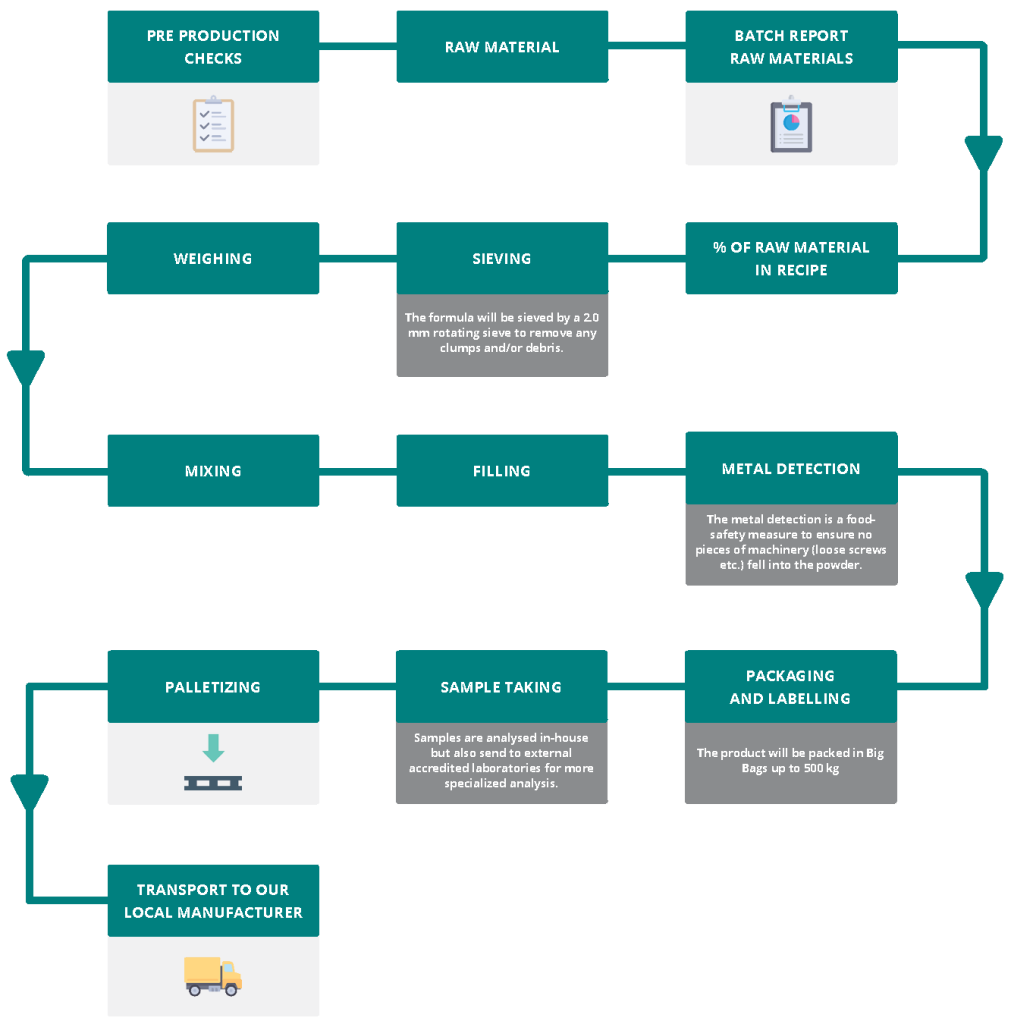
Queal 
What is in Steady?
Queal Steady is made with all the above building blocks. We mix together the oat flour, whey protein, isomaltulose, maltodextrin, soy flour, sunflower oil, linseed oil, and the vitamin & mineral mix. Next to these building blocks, we add a few helper ingredients. These consist of natural flavouring, glucose syrup, an emulsifier (sunflower lecithin), a raising agent (sodium bicarbonate), a thickener (xanthan gum & modified starch), an anti-caking agent (silicon dioxide), an antioxidant (rosemary extract), and a sweetener (sucralose). More information about these can be found on our ingredient page.
Where does Queal come from?
Queal is mixed in The Netherlands. Above, you can see where all the main ingredients have come from! Also, see our map on the sustainability page.
